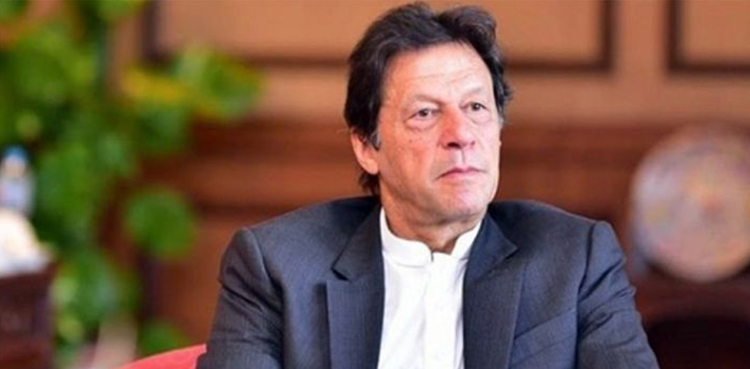The Asian Development Outlook (ADO) 2020 report has hinted that Pakistan’s GDP growth rate will shrink to 2.6 per cent from 3.3 per cent while inflation will remain at around 11.5 per cent for 2020.
Xiaohong Yang – ADB Country Director for Pakistan, stated, “Pakistan’s strong and decisive policy measures have started to yield positive results in reversing macroeconomic imbalances and narrowing current account deficits.”
“Although Pakistan’s economy is in better shape than before, the nation needs to work together to tackle the new challenges posed by COVID-19, including uncertain short term growth prospects, and its related socioeconomic repercussions. The government’s emergency package and extensive use of ‘Ehsaas’ will be vital to blunting the detrimental impacts of the pandemic, particularly on the poor and vulnerable,” he added.
According to the report, agriculture sector is expected to witness slow growth in fiscal year (FY) 2020 as the worst locust infestation in over two decades damages harvests of cotton, wheat, and other major crops. Modest growth is expected in some export-oriented industries, such as textiles and leather. However, large-scale manufacturing, which provides over half of industrial production, will likely contract, as it did in the first half of FY2020.
The ongoing COVID-19 outbreak will pose an additional downside risk to growth prospects as it further dampens consumer demand, exporters, businesses and industries.
The report also predicts inflation to decelerate to 8.3 per cent in FY2021, with the central bank having to account for this in its next monetary policy decision to increase credit to the private sector and boost economic activity.
Following the decline in global oil prices and expected sluggish demand under COVID-19, the State Bank of Pakistan reduced its policy interest rate in two steps to 11 per cent in March 2020.
In addition to it, Pakistan Institute of Development Economics (PIDE) estimates that pandemic could result into unemployment ranging from 12 to 20 million. On the government’s tax revenue side, the official said that it was expected that the FBR could see a decrease in revenue/cash outflow of around Rs600 billion alone in the fourth quarter (April-June) period of the current fiscal year.
The Asian Development Bank has predicted that growth in South Asia will decelerate to 4.1 per cent in 2020 and then recover to 6.0 per cent in 2021, largely tracking the trend in the Indian economy.
The report highlights the current macroeconomic challenges facing Pakistan further increase the significance of strengthening social protection, health, education systems, and providing much needed relief to the most vulnerable families.
















































